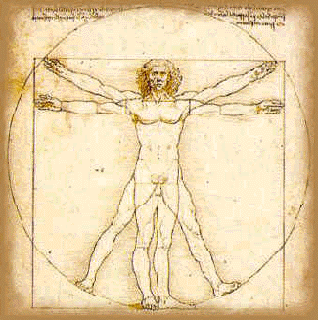Uppon reading ‘Encouraging Creativity with
Scientific Inquiry’ by Lloyd H. Barrow(2010) I could not help but notice a
number of similarities between the outcomes of how science is taught in the USA
and how science is taught in the UK.
According to Barrow (2010) science should include critical thinking and
inspire children’s creativity, however it is currently lacking these elements
as experiments are short and only verify what has already been studied: these experiments
use a ‘cook book’ approach. That is pupils simply follow instructions without
any real understanding. This can be said of the UK’s education system as many students
on this course found that they could not remember why their scientific inquiry
took place, or what it showed: they simply remembered the procedure and the
outcome.
Barrow also mentions science O levels which are the American equivalent
of a GCSE as consisting of the teacher guiding the pupil through the practical
exam towards the expected outcome. This is the same in GCSE science practical
exams; despite them being exams the teacher guides the pupils to the desired
outcome.
Pupils then, leave school with out a true understanding of the hows and why's of science, and perhaps disinterested with the subject.
In
order to encourage critical thinking and
strengthen creativity pupils must be asked thought provoking questions
and be given the opportunity to take risks in the class room with the
assistance of the teacher to ensure their safety. This can be said to be
further evidence that a new approach to teaching science must be found.
References
Barrow, L. H. (2010) Encouraging Creativity
with Scientific Inquiry [online] available from http://www.scirp.org/journal/ce/ [accessed on 28/2/14]





.jpg)
